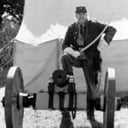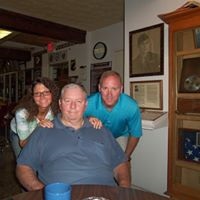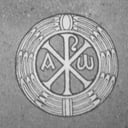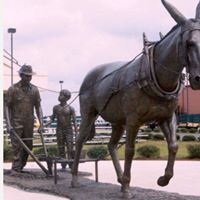Which war included an infantry assault known as Pickett 's Charge?
Pickett's Charge—sometimes called Longstreet's assault or, more recently, the Pickett-Pettigrew-Trimble Assault—was an infantry assault ordered by Confederate Gen. Robert E. Lee against Maj. Gen. George G. Meade's Union positions on July 3, 1863, the last day of the Battle of Gettysburg in the state of Pennsylvania during the American Civil War. Its futility was predicted by the charge's commander, Lt. Gen. James Longstreet, and it was arguably an avoidable mistake from which the Southern war effort never fully recovered militarily or psychologically. The farthest point reached by the attack has been referred to as the high-water mark of the Confederacy.
While the Union lost about 1,500 killed and wounded, the Confederate casualty rate was over 50%. Pickett's division suffered 2,655 casualties (498 killed, 643 wounded, 833 wounded and captured, and 681 captured, unwounded). Pettigrew's losses are estimated to be about 2,700 (470 killed, 1,893 wounded, 337 captured). Trimble's two brigades lost 885 (155 killed, 650 wounded, and 80 captured) . Wilcox's brigade reported losses of 200, Lang's about 400. Thus, total losses during the attack were 6,555, of which at least 1,123 Confederates were killed on the battlefield, 4,019 were wounded, and a good number of the injured were also captured. Confederate prisoner totals are difficult to estimate from their reports; Union reports indicated that 3,750 men were captured.
More Info:
en.m.wikipedia.org









